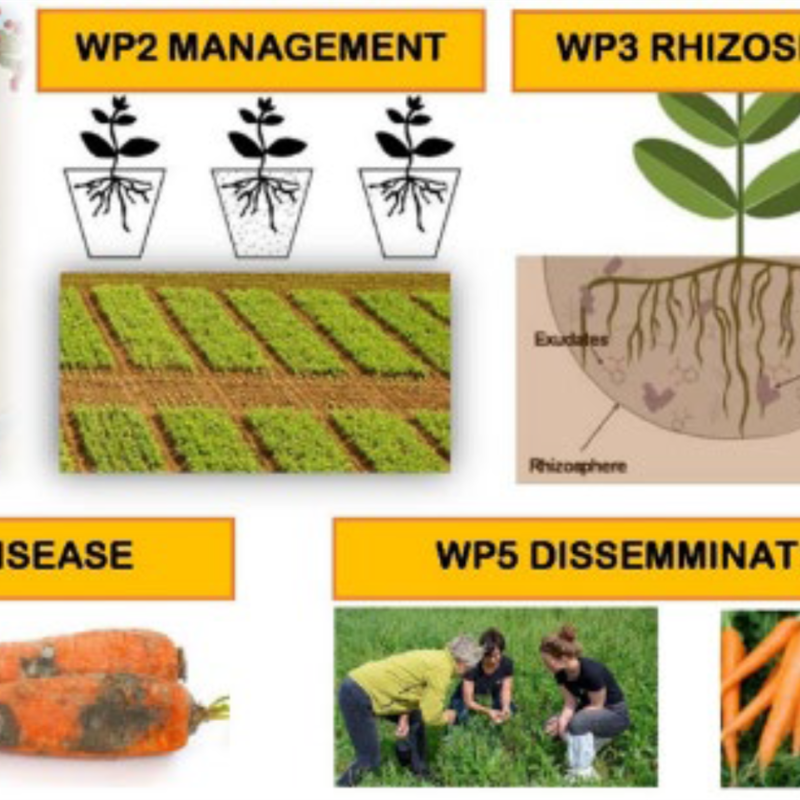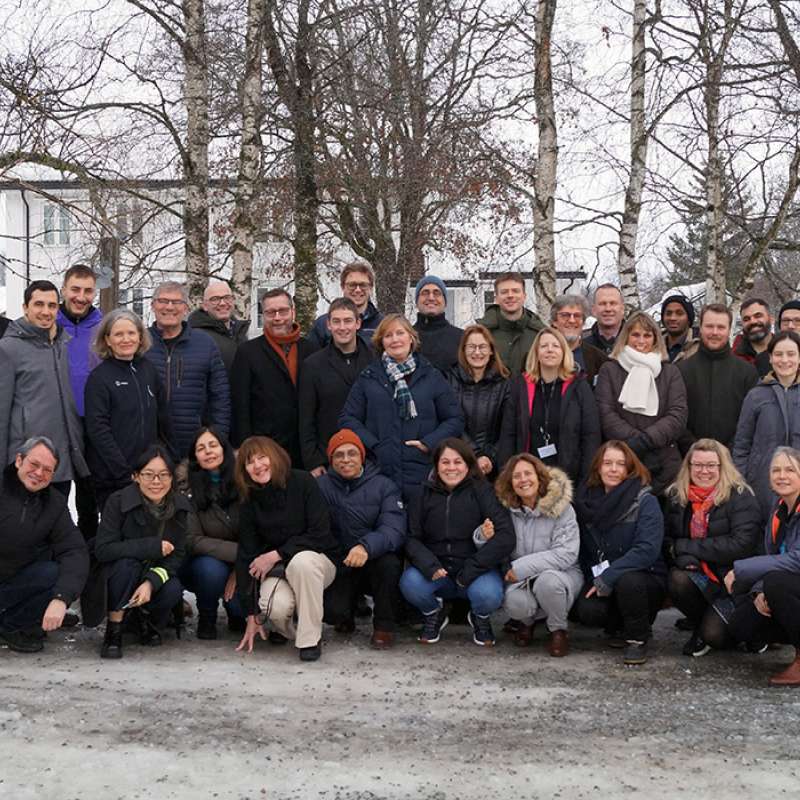Solveig Haukeland
Research Scientist
To document
Authors
Emmanuel O. Anedo Dennis Beesigamukama Benson Mochoge Nicholas K. Korir Solveig Haukeland Xavier Cheseto Moses Nyongesa Patrick Pwaipwai Sevgan Subramanian Abdou Tenkouano Betty Kibaara Chrysantus M. TangaAbstract
No abstract has been registered
To document
Authors
James A. Price Kelsey Hunt Newton Nyagah Calvince Orage Onesmus Mwaura Solveig Haukeland Danny Coyne John T. JonesAbstract
No abstract has been registered
To document
Authors
James Kisaakye Dennis Beesigamukama Solveig Haukeland Sevgan Subramanian Paul K. Thiongo Segenet Kelemu Chrysantus M. TangaAbstract
No abstract has been registered

Division of Biotechnology and Plant Health
ImpACT of nematodes in Carrots
Norwegian carrot production has doubled in the last 20 years and impressively covers over 90% of the market. However, this intensive carrot production has caused a build up of pests, such as plant parasitic nematodes.

Division of Biotechnology and Plant Health
Plant Pest Prevention through technology-guided monitoring and site-specific control (PurPest)
The main objective of PurPest is to control serious plant pests during import and to manage them in the field by developing a unique concept enabling pest detection in a timely and non-invasive manner.
